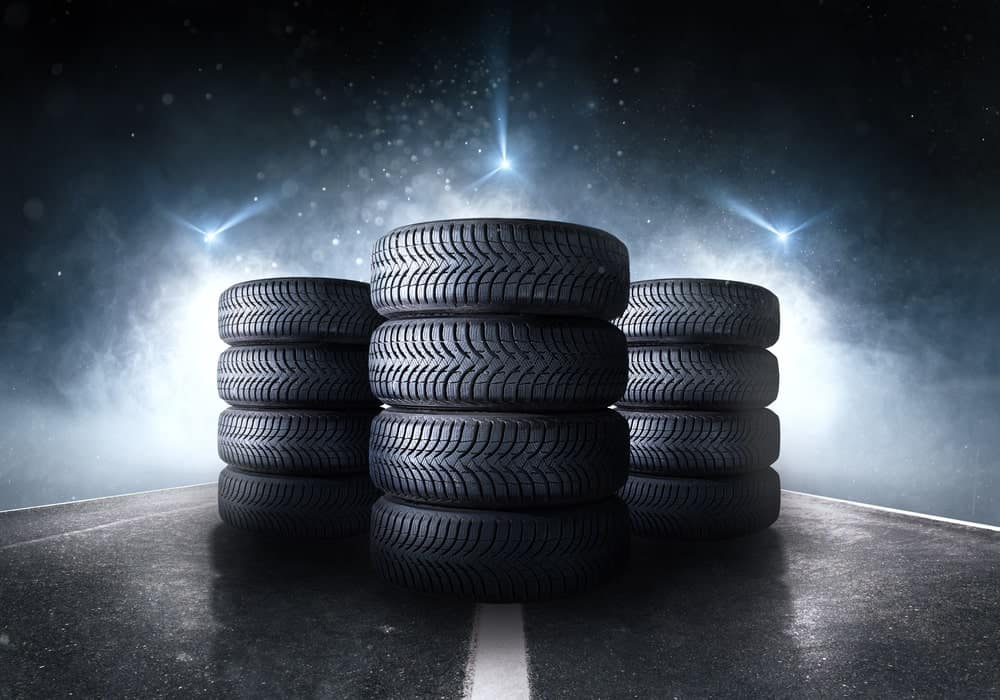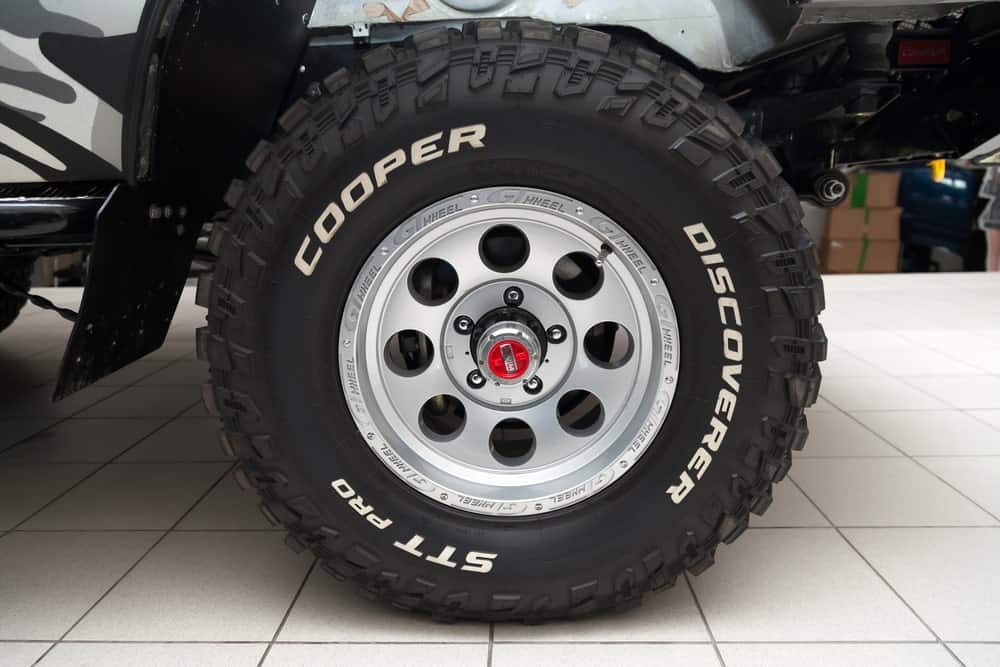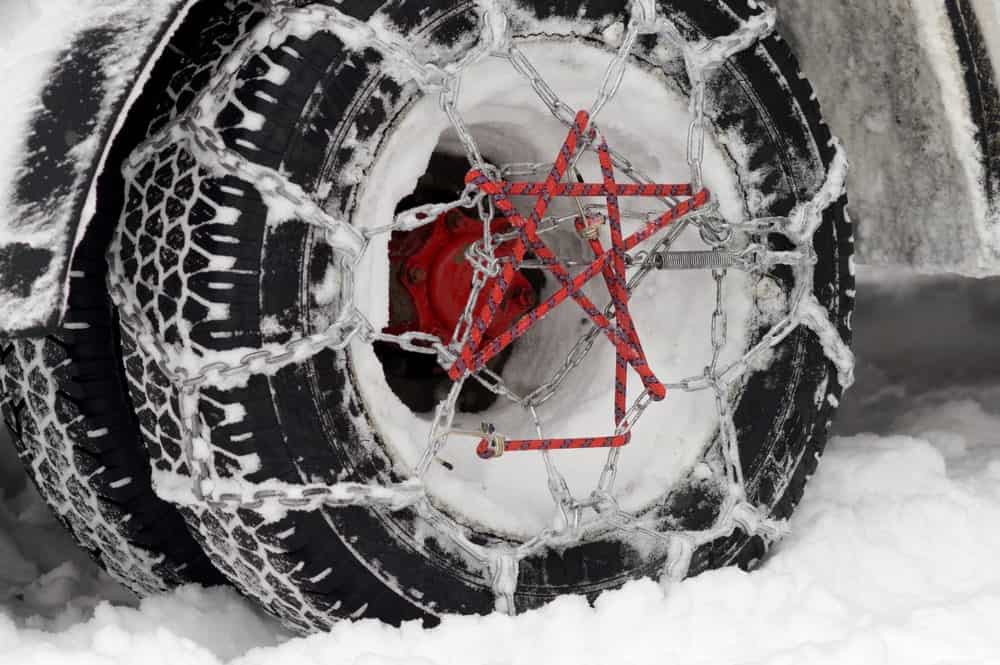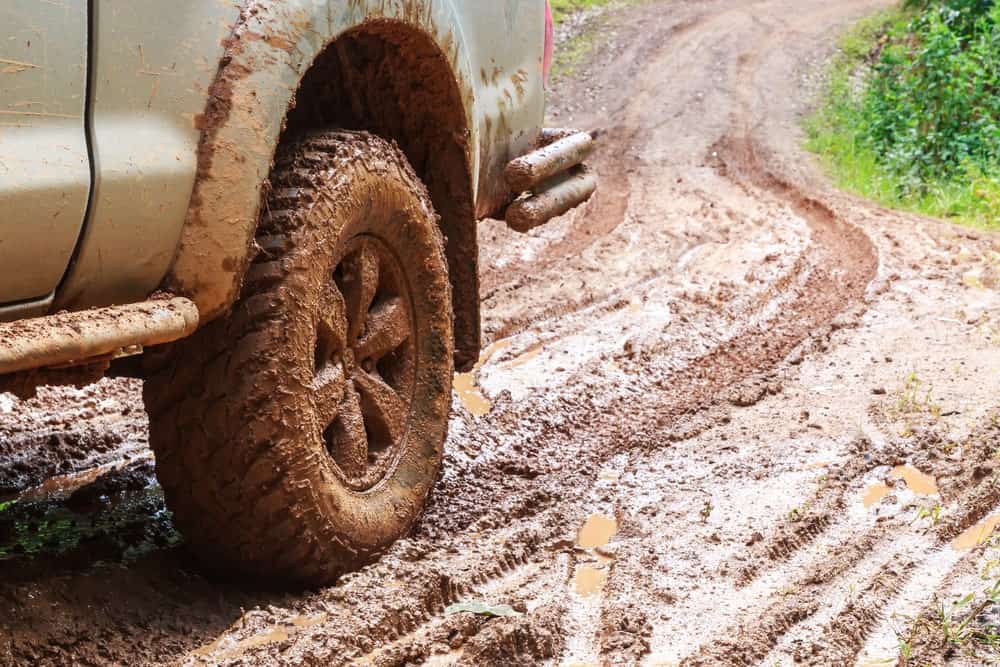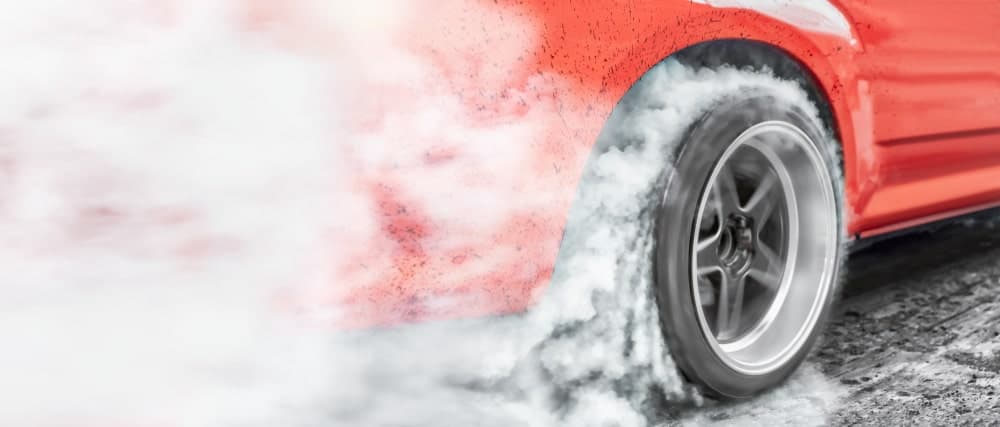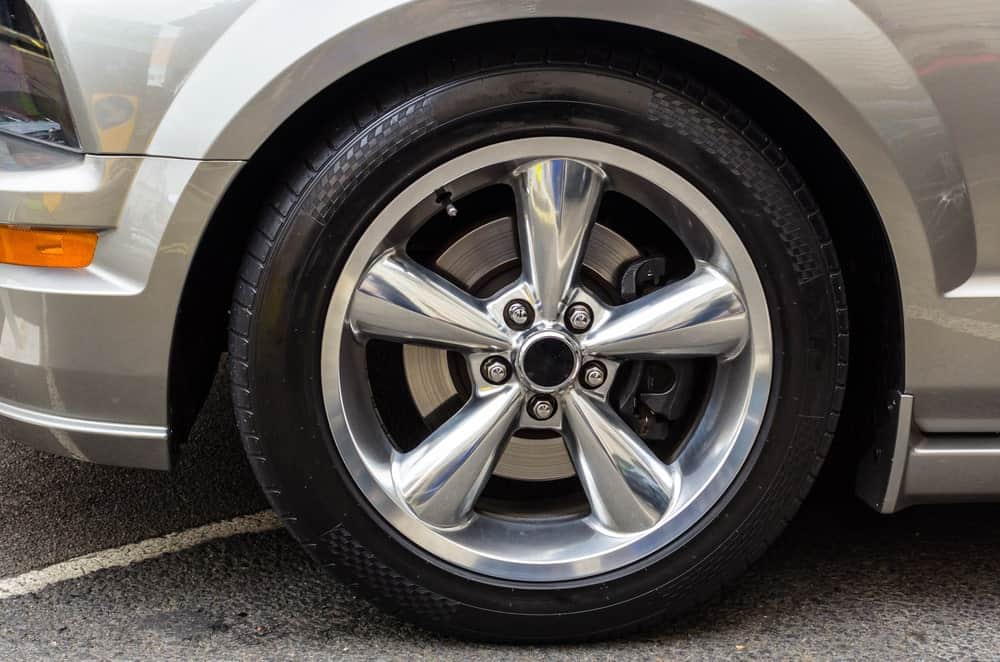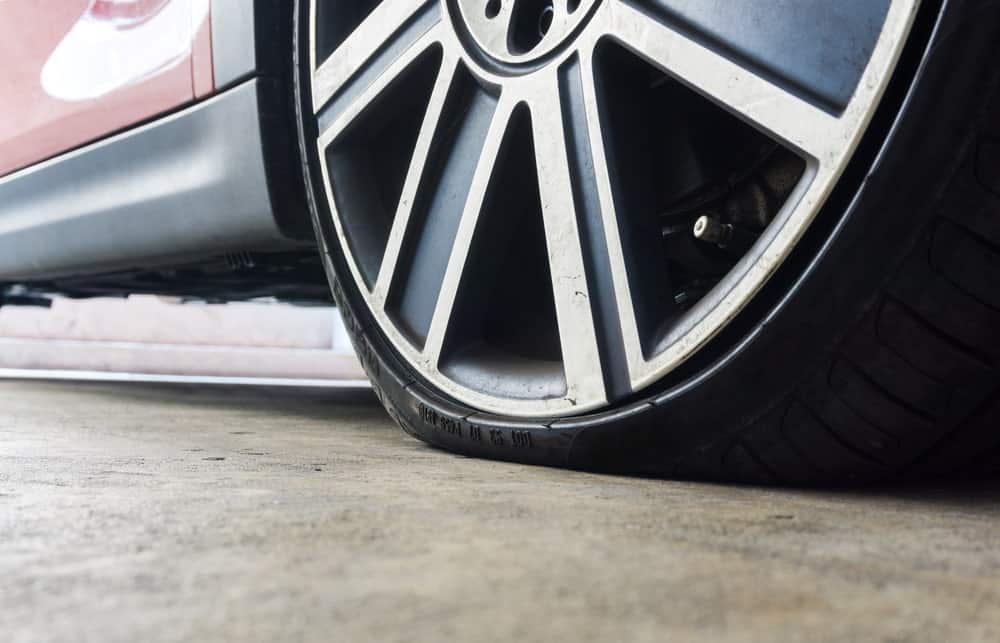When Bob discovered his local auto parts offered big discounts on summer tires in August, he figured he would save several hundred dollars by replacing his Honda Accord’s old tires with summer tires. Years ago, Bob had bought winter tires for his Accord but didn’t think they made that much of a difference when driving on one or two inches of snow. Besides, the tread on these summer tires would be almost brand new by the time winter weather arrived.
So what happened when Bob drove in December with summer tires instead of winter tires? Consider the following facts about summer tires and you can imagine what happened:
- Tread on summer tires perform poorly on snow and ice
- Summer tires are unable to accelerate as well as winter tires
- Low rolling resistance makes it harder to brake safely on snow-covered roads
- Summer tires are made with rubber compounds meant for warm weather. In cold weather, this compound stiffens and significantly reduces traction
Needless to say, Bob did not drive on summer tires in winter ever again.
[toc]
What You Should Know About Different Tire Types
Making sure you have the right tires on your vehicle means all the difference in better gas mileage, better performance, better handling, and getting your money’s worth from your tires. While a dozen different tire types are available, only two kinds of tire treads exist: radially arranged and circumferentially arranged tread blocks.
Summer tires have circumferentially arranged tread that provides a smoother ride with decent traction meant for dry or wet roads. Radially arranged tire tread offers enhanced traction for gripping slippery winter roads. Although the ride is less smooth when driving on radial tires, you enjoy improved sidewall flexibility that boosts handling on snowy or icy roads.
Explaining Tire Model Numbers
A model number is imprinted on all tire sidewalls that provide details about the tire. Here’s how to decode a tire model number like this one: P333/69R14
- The letter “P” means “passenger”. If “LT” replaces “P”, this stands for “light truck”
- “333” indicates the width of the tire in millimeters
- “69” refers to the height of the tire in comparison to its width (aspect ratio)
- “R” indicates it is a radial tire. If the “R” is replaced by a “D”, this means the tire is a diagonal bias ply tire
- “14” refers to the tire’s diameter in inches
A vehicle’s owner’s manual also contains tire model numbers and information about purchasing the correct tires for the specific make and model of the car.
What is a Tire Speed Rating?
All tires are given speed ratings according to how well it can reach and maintain a specific speed. Higher speed ratings indicate a tire that handles better during sudden, sharp maneuverings. One word of caution–don’t put tires on your vehicle with different speed ratings. This will reduce gas mileage, cause a rougher ride, and lead to potentially dangerous handling issues.
Tires are marked with letters of the alphabet to mark its speed rating. Miles per hour means that tire has been tested to safely achieve that number but should not be driven over that mph due to safety concerns.
- Z: 150+ mph
- Y: 185 mph
- W: 168 mph
- V: 150 mph
- H: 130 mph
- U: 125 mph
- T: 118 mph
- S: 112 mph
- Q: 100 mph
What Should the Air Pressure Be in Most Tires?
The general air pressure for most non-specialty tires is between 32 and 38 pounds per square inch (PSI). The correct PSI for a car’s factory tires can be found on a sticker located on the inside of the driver’s door or in the owner’s manual. Check air pressure before driving on tires. Also be aware that hot weather will increase air pressure while cold weather decreases air pressure. Driving continuously on underinflated tires or overinflated tires will lead to premature, uneven wear or a blow-out.
Comprehensive Guide to Types of Car Tires
All Season Tires
All season tires are radial tires suited for most road conditions. The difference among all-season tires, summer tires, and winter tires is that all-season tires don’t excel in good or bad road conditions. For example, all-season tires work well on wet roads or roads with less than an inch of snow but they do not perform well under severe weather conditions.
Advantages to all-season tires include tread patterns allowing for a fairly quiet ride, wear-resistant treads, good fuel economy, and affordability. People driving compact or subcompact cars where winter season is mild might consider all-season tires as a “year-round” tire for their vehicles.
“Performance” All Season Tires
Cars needing more maneuvering prowess and extra acceleration capability would perform better with performance all-season tires. Compared to regular all-season tires, performance all-season tires offer less traction on slippery roads but provide more grip when driving cars like the Chevy Corvette. The width of performance all-season tire is wider than an all-season tire so larger rims may be needed to accommodate these tires.
Winter Tires
Sometimes called “snow” tires, winter tires are made to perform at peak efficiency during frigid temperatures and snowy/icy conditions. Winter tires should never remain on vehicles during the summer. They wear out rapidly when driven over hot pavement and increase the risk of skidding.
Winter tires are available as studded, studless, and premium studless tires. Vehicles driven frequently in heavy snow and ice should be outfitted with studded tires to significantly reduce slippage while increasing traction. Premium studless tires are recommended where winter weather is severe but studded tires are not allowed due to the damage they cause to roads.
Touring All Season Tires
Manufactured to give you a comfortable, quiet ride while retaining good performance and handling qualities found in standard, all-season tires, touring all-season tires have wider treads providing a bigger contact area on the road. This extra wideness helps drivers grip corners better while ensuring a smooth ride.
The one disadvantage of touring all-season tires is their reduced ability to handle snowy roads. For people who drive frequently on highways and don’t have to battle a lot of snow and ice during the winter, touring all-season tires may be the best tires for your vehicle.
Light Truck Tires
Designed for one-ton or three-quarters ton pickup trucks, light truck tires offer adequate carrying capacity specifications for heavy cargos. All season tires are not built to withstand the weight or engine power associated with these types of trucks.
In fact, putting standard car tires on a truck is downright dangerous because they could suddenly go flat while you are driving or simply collapse under the weight they are carrying. In addition to having stronger sidewalls, light truck tire treads are deep and defined enough to safely traverse mildly or moderately rough off-road terrain.
Summer Tires
“Three season”, or summer tires, are designed for optimal performance in all seasons but winter. Primarily meant for high-performance vehicles with speed abilities over 100mph, summer tires also provide unique tread compounds that improve traction and grip when driving higher speeds. However, be aware that summer tire treads lose their pliability in cold weather, leaving drivers at risk for reduced traction on both dry and wet roads. They tend to wear out sooner than all-season tires as well. Summer tires are available in a variety of grades, such as extreme performance summer tires or touring summer tires.
Mud/Off Terrain Tires vs All Terrain Tires
Off-road vehicles equipped with mud tires can barrel over just about any kind of terrain–from sand dunes and heavy gravel to unpaved roads and, of course, the muddiest of terrains. Mud tires are recognizable by their large tread blocks featuring deep gaps called “void” gaps. These gaps are essential for gripping rough terrain so your off-road vehicle doesn’t tumble over on its side.
Mud tires are meant only for off-road purposes. Alternately, all-terrain tires work best on vehicles being driven off-road about 50% of the time. All-terrain tires won’t compromise the ability to drive on paved roads and highways but can’t give you the powerful traction and high-end performance provided by mud tires.
Racing Tires
As the name suggests, racing tires are intended for race cars and other similar, high-speed vehicles. Never put racing tires on an automobile or truck. In addition to being illegal to use on streets and highways, racing tires have little tread and dramatically increase your risk of slipping and sliding on paved roads. Racing tires are also called “slicks”, “drag slicks” and “drag tires”.
Low-Profile Tires
Tires with aspect ratios under 50 are low-profile tires. This means they have shorter sidewalls for the size of the tire. Drivers of sporty sedans or coupes like the performance abilities provided by low-profile tires. These tires allow you to handle tight corners, big curves and sharp turns with control and precision.
Although a shorter sidewall means a bumpier, less quiet ride, the ability of low-profile tiles to improve handling and stability at higher speeds makes them a favorite of sports car aficionados. One disadvantage of low-profile tires is having thinner sidewalls due to the shortness of the sidewalls. Frequently driving over potholes and other road damage raises the risk of sudden deflation if one or more wheels hit a particularly bad road hazard.
Run-Flat Tires
Resembling “donuts” used as spare tires, run-flat tires are intended to be driven for short distances only and at low (under 50 mph) speeds. Reinforced with strong sidewalls that are capable of carrying the weight of a small to mid-size vehicle, run-flat tires need little to no air pressure and come in a variety of tread designs to accommodate minimal variations in weather. Run-flat tires are commonly seen on BMWs, mini Cadillac sedans, and Mercedes-Benzes and can be used as regular tires when drivers adhere to guidelines.
Self-sealing Tires
Inside self-sealing tires is a sticky lining made of polymer sealant that automatically seals minor tire punctures. If a puncture is deep enough to compromise the outer tread, the sealant instantly fills the puncture and forms a permanent seal. In addition to preventing deflation, self-sealing tires offer enhanced stability in case a tire does suffer a blowout on the highway. Holes up to one-quarter of an inch deep can be safely sealed without experiencing deflation. Self-sealing tires are available in different tread designs for both summer and winter driving.
Spare Tires
Temporary, or “spare” tires, are meant to get a driver to the nearest mechanic or their home, whichever is closest. Spare tires are not regular tires and should not be used as a permanent replacement for a damaged tire. When driving on a spare tire, keep speed under 50 mph and avoid highways when possible. Since spare tires are not reinforced or treaded as strongly as other tires, the possibility that a spare tire driven more than 100 miles could suddenly go flat. Spare tire manufacturers include recommended mileage in tire specifications.

